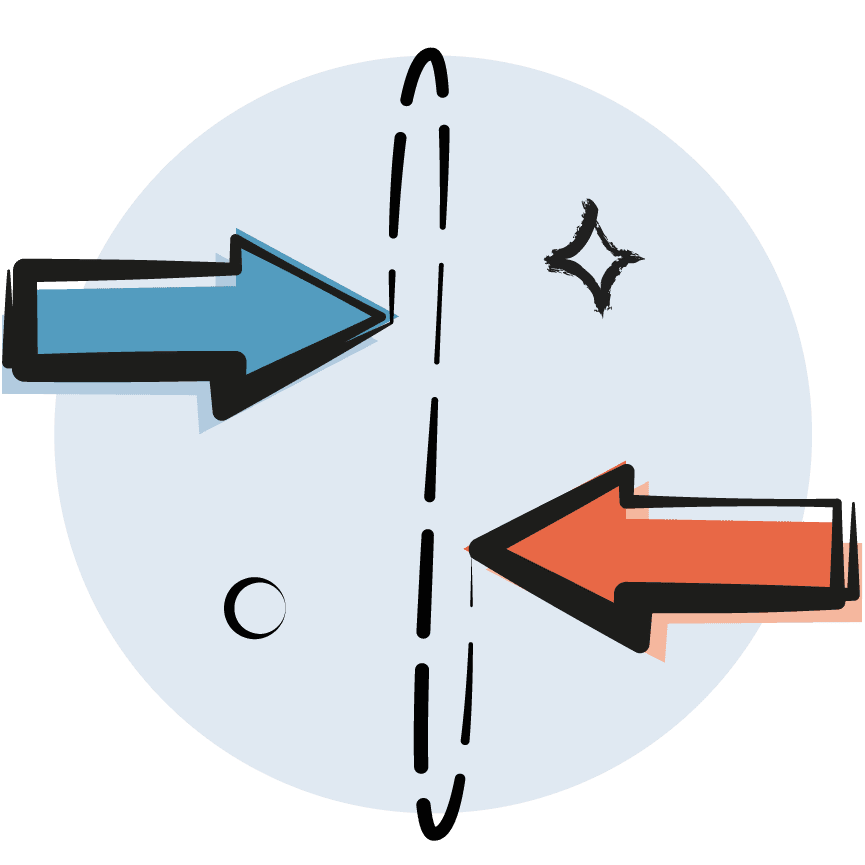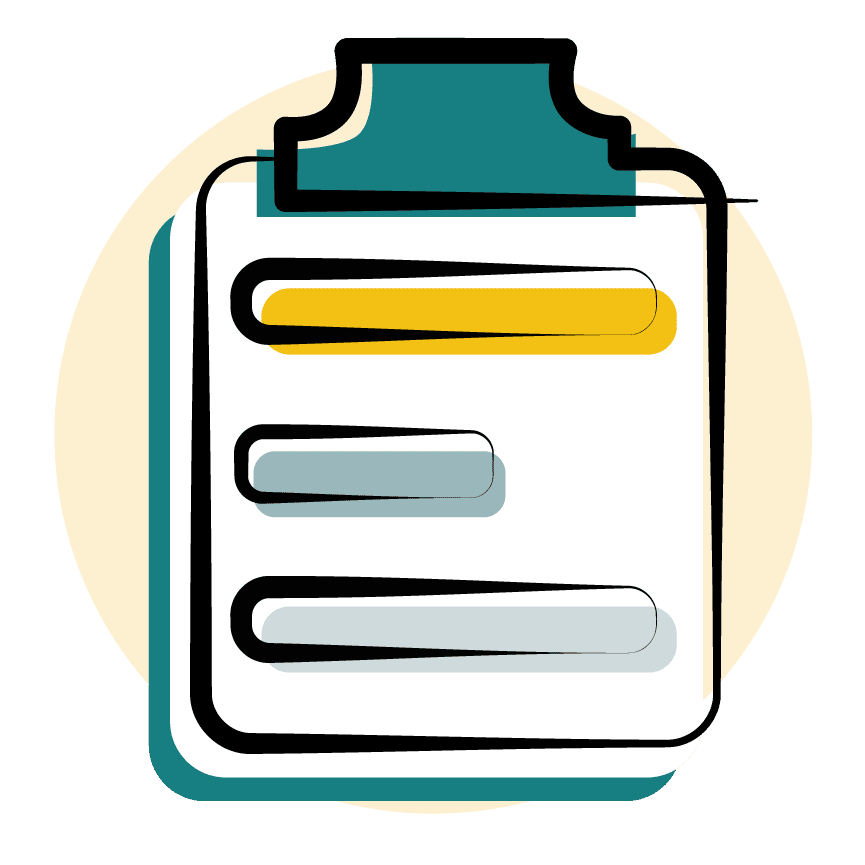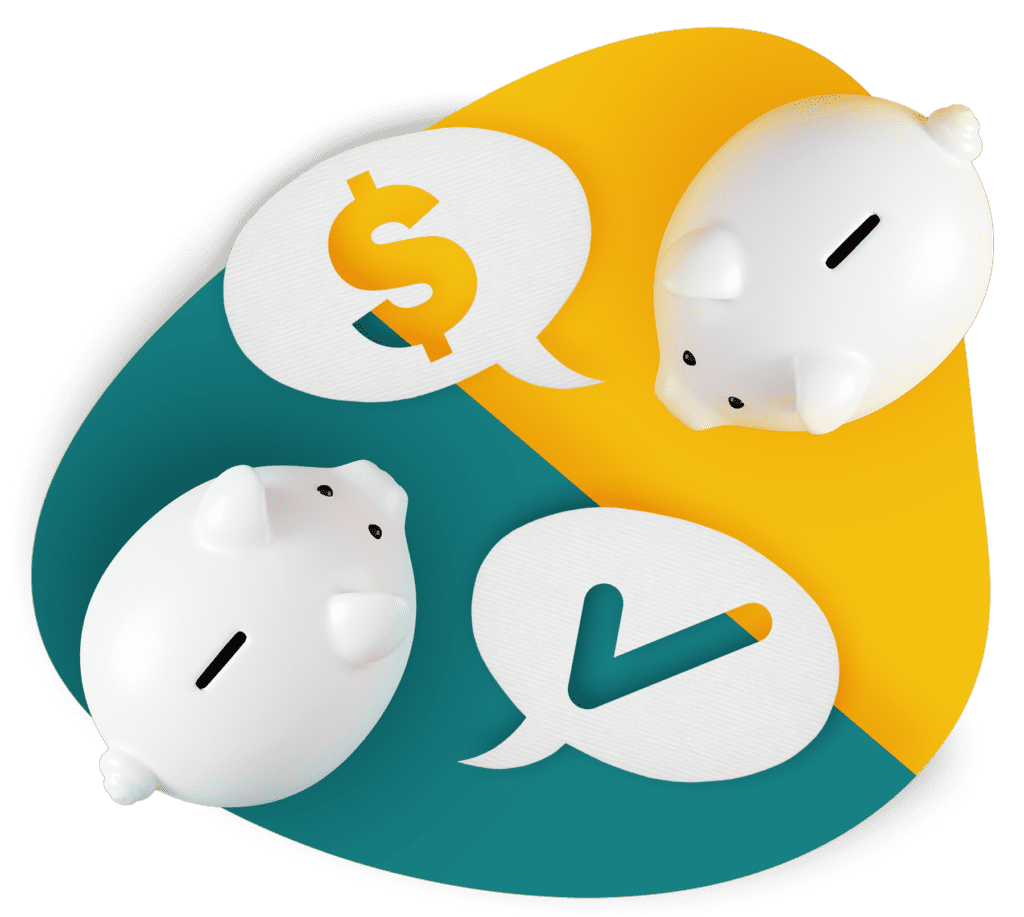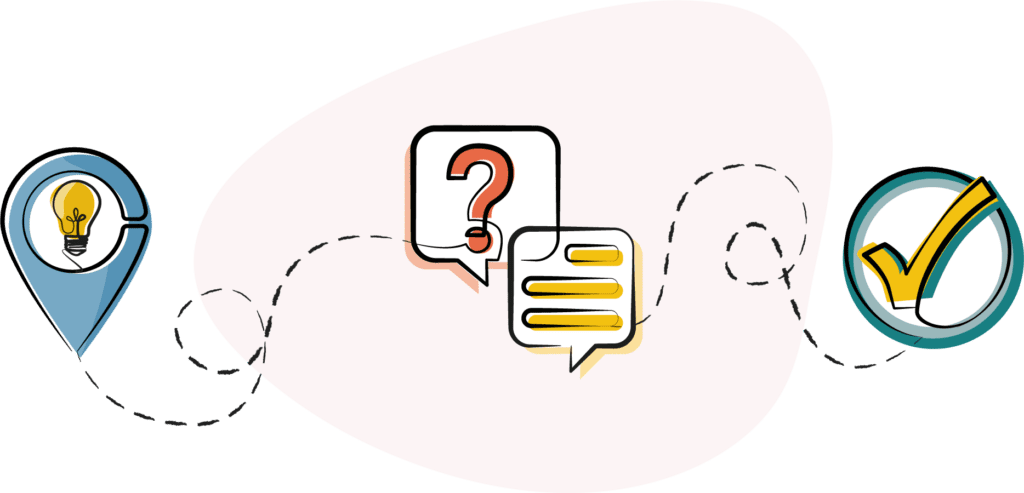Pete Domican
Client relationships are an important part of any portfolio career. In fact, 56% of leaders describe this as the highest impact driver, especially when it comes to ensuring repeat business and referrals. When you’re working on a fractional or consulting basis, you’re jumping in to solve a problem, and you want to be remembered as the person who did so in an organised, efficient and impactful way.
At the start of any new consultancy project, you should generally think about two things: nurturing a good client relationship and setting yourself up for success. Success means happy clients and happy clients mean more work. But what about all those other things that creep up and surprise you along the way? How do you set expectations early on so you get paid on time and don’t end up doing more than you bargained for?
There’s no guarantee of success, but I’ve come to learn that projects that start well tend to run more smoothly. And that ultimately comes down to planning and preparedness.
Remember, planning is your ninja strength
Over the past 20 years, I’ve worked as a consultant on a range of diverse projects, from sorting out IT functions for a small plumbing firm to running a programme office in the biggest banking merger in UK history.
Needless to say, I’ve faced my fair share of problems over the years, and they’ve made me wise to all the things I know I need to put in place to lay the foundations for a good working relationship and a successful project.


The start of any new job is difficult. But as an outsider stepping into someone else’s business, you have a limited understanding of the organisation, the structure, the culture, the internal processes and the jargon. Unlike a full-time new starter, you’ll be expected to absorb this information quickly and make an immediate impact.
Sometimes you even have to deal with people who aren’t entirely thrilled that you’re there in the first place. So how do you combat that? You make planning your ninja strength.
No matter what you’re working on, you need to be clear on what has to be done and what is required from the client to get there.
When you approach every project with a plan, you:


Establish yourself as a credible professional


Set boundaries for what you’re going to do (and not do)


Make clear what the client needs to do to for the project to be a success


Create a partnership of equals rather than a master/servant dynamic
Here are a few things I’ve learned to factor into my planning early on that I hope will help you start your next project on the right footing.
1. Always be clear on the scope and deliverables
Let’s face it, not every client knows what they want. I’ve come across plenty who thought they needed one thing when they were actually after something entirely different. So always start by clarifying what the end product is (and then challenge them early on if you think that’s not the right approach).
If your project is phased (i.e. you’re doing analysis and then pitching to do the implementation), book time with the client to discuss your proposal well before the end of the current phase. That way, they’re more inclined to stick with you and continue the momentum rather than slow things down by shopping for someone cheaper.
TOP TIP
Ensure that you have a standard contract or letter of engagement that covers the scope, key deliverables and other terms and conditions for your project such as payment or travel. If a client nitpicks every detail, consider that a warning sign!
Agree and document any major scope changes, new deliverables and additional time before starting any extra work.
2. Sort out where and how you’ll work
Some clients may work 100% remotely. Some may insist that you work onsite. Travel is time-consuming, costly and energy-draining, so make sure you think about how to reflect that in your fees if the client insists you need to work in their office.


If you are working on site, then create a checklist of things that you’ll need from day one and try to ensure they’re in place before you arrive. What security access will you need to get in and move around the building?
Will you use your own IT equipment or the client’s? What equipment, network access and device authentication will you need? I once spent the first morning on a new project fixing an essential video conferencing system which, according to staff, had ‘never worked properly’ – not an ideal start.
Then of course there’s the information you need to actually get the project started – previous work reports, client briefings, company structures, etc. Sort that out early to avoid any wasted time chasing things down when the project begins.
TOP TIP
Make sure to build visible time into your plan for orientation, office set up and ironing out initial admin issues. Call it Week 0 or Days -2, -1, 0 to differentiate it from the rest of the project.
3. Clarify your fees and how you’ll get paid
Most consultants and freelancers charge an hour/day rate or a total project fee. Occasionally there may be a ‘success fee’ where the consultant gets a bonus on achieving an agreed target or takes a percentage of the savings or benefits, e.g. 10% of any cost savings. It’s important not to forget credit terms and the impact of that on your cash flow.


Whatever you agree on, the biggest thing is making sure you actually get paid for your work. Money is never an easy conversation and, unfortunately, many companies, including large multinationals, play fast and loose when it comes to paying invoices on the agreed terms.
How you handle late or non-payments is an article in itself, but it’s better to find out problems sooner than later, ideally before you’ve completed the work and handed your ideas over. It’s your expertise. Make sure it’s valued.
TOP TIP
My advice is to get an upfront payment made before you start any work, such as 25% or 50% of the total cost. Always make sure to agree payment terms and try to time an invoice early on in the project to test whether payment issues may crop up.
4. Make sure the client will actually be available when you need them
Some clients think you’ll magically turn up, walk around and cough up some results. In practice, you’ll need people within the organisation to interview and work with. Senior executives can be ‘elusive’ so you need client buy-in to clear people’s diaries.
Be aware of holidays, especially in Europe! I once worked on a project where the CEO insisted we started at the end of July. Needless to say, I didn’t see the project lead until September.
TOP TIP
Ensure you’re introduced to all the key people you’ll be working with and that their manager has briefed them on their role. It helps to make sure the finance people are included in that – they’re the ones who will be handling your payments!
5. Schedule time for regular client updates
When we’re in the thick of project work, we often get so busy ‘doing the job’ that we forget to check in and make sure the person paying for the work is happy. So block out time to review progress at all the key stages and address any concerns on both sides – it doesn’t matter how angry you get about scope creep if you don’t actually mention it to anyone!


It’s important to allow time to understand what else is happening in the business that can impact on your work (e.g. a change in market conditions or a new CEO). That way, everyone is on the same page and there are no ugly surprises.
TOP TIP
Be wary of clients constantly postponing meetings. It’s a warning sign that they’re losing interest!
So what does all this result in? A better relationship for both sides
Being clear about expectations and sorting out potential problems upfront sets a tone of professionalism and enables you to get on with the real work. Nobody wants to get bogged down with teething issues! Plus, the more prepared you are when you enter a project, the more impressed the client will be – and that brings us back to that all important relationship-building aspect of being a consultant or fractional worker.
More likely than not, that expert plan means things run smoother and that the client will want to work with you again – or at the least recommend you when someone needs your expertise. And there’s nothing more powerful than a good referral network!
Got any more tips for the consultants or freelancers in our community? Make sure to share them on our activity feed!
Think this sounds like the right path for you? Come along to our monthly Get started event for new members to find out what a portfolio career could look like and how The Portfolio Collective can help you take those first steps towards professional success – and don’t forget to connect with our community!




